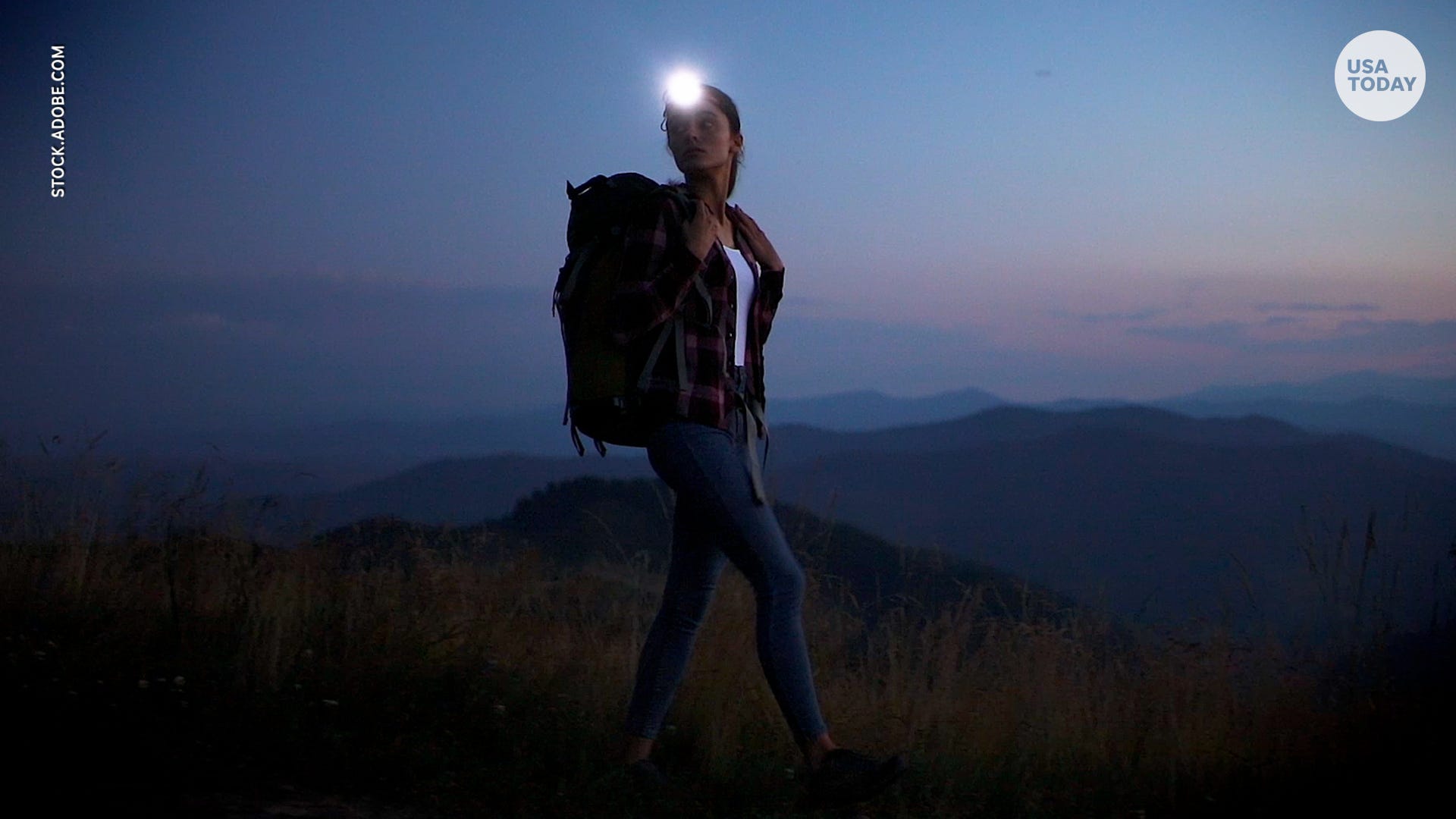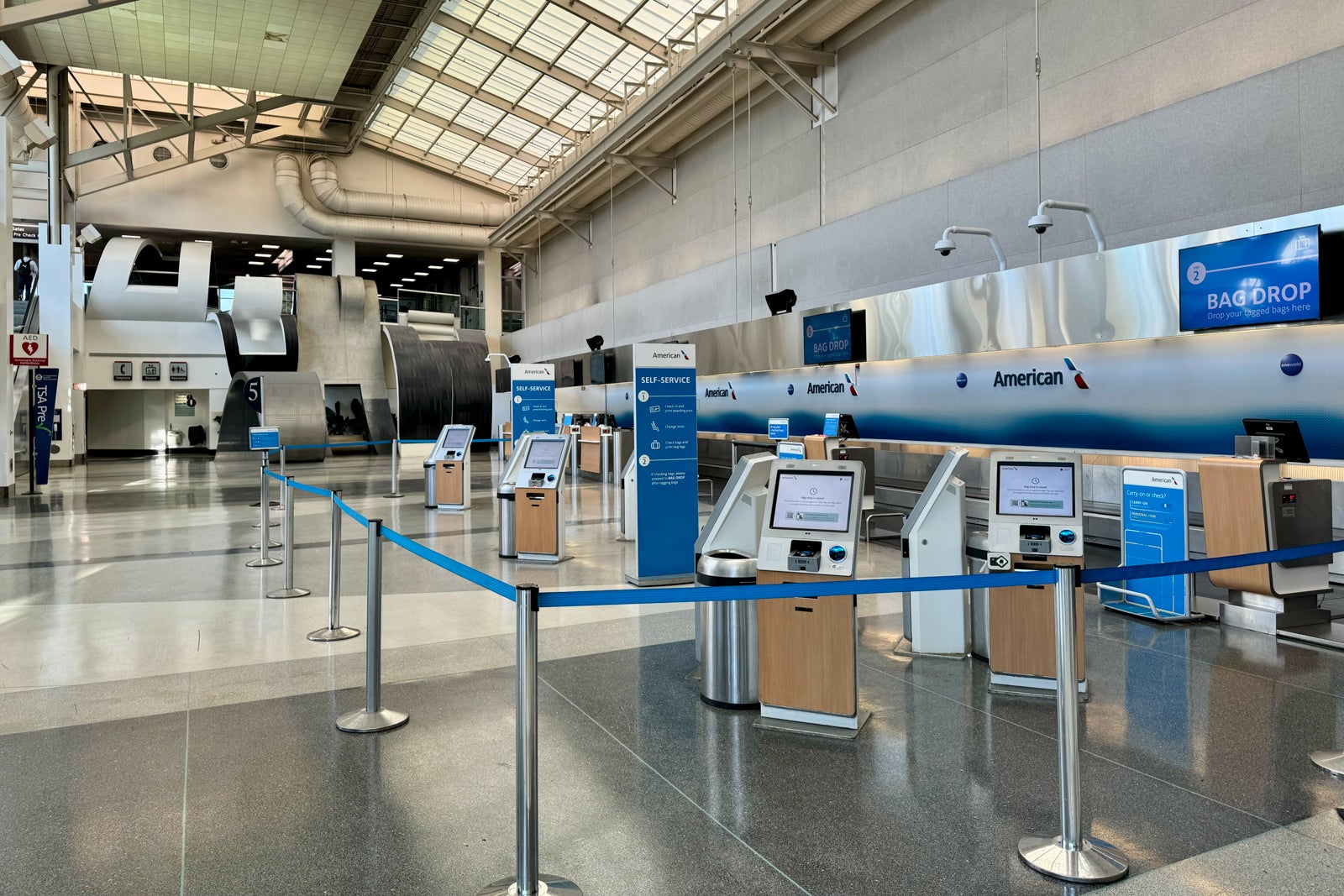How National Park Service Layoffs Could Stretch Some Parks To Their Limits
- National parks are experiencing layoffs, which may significantly impact visitor experience.
- Park advocates are concerned about the loss of experienced staff and potential impacts on visitor safety and park maintenance.
- Visitors are encouraged to be patient, understanding, and respectful towards park staff during this time.
National parks have not been spared in the wave of federal government layoffs, and that could impact park visits heading into their busy season.
“We could be putting several park units in very bad, sticky situations where they can't manage visitation,” Kristen Brengel, senior vice president of Government Affairs for the National Parks Conservation Association, told USA TODAY. NPCA is an independent organization dedicated to protecting and enhancing the National Park System.
More than 325 million people visited America’s national parks in 2023, according to the latest Park Service statistics. The volume of visitors has grown each year since the pandemic, and many travelers have already planned trips for this year. But Brengel warns, “The quality of their visit will likely be far less than it would have in previous years.”
Here’s why and what national park visitors can expect from the layoffs.
Roughly 1,000 National Park Service employees were laid off on Friday. Many were in probationary periods for their roles.
“One of the things I think that has been really confusing to people is when we start talking about employees who are on probation. It sounds like they've skipped school or something,” said Philip Francis, chair of the executive council for the Coalition to Protect National Parks, a nonpartisan group of more than 3,400 current, former and retired Park Service employees and volunteers. “Every time you take a new job, you serve a probationary period.”
It’s common for Park Service employees to change parks and roles throughout their careers, like Francis. He started out as an interpretive ranger at Kings Mountain National Military Park in South Carolina, then served in parks like Shenandoah, Yosemite and Great Smoky Mountains before retiring in 2013 as superintendent of the park system’s busiest unit, Blue Ridge Parkway in North Carolina and Virginia.
"Many of these people have been in our park system for years and got a supervisory role, which put them in a probationary period and made them eligible to be fired,” Brengel echoed. “So we're losing dedicated professionals who've been doing a fabulous job, and that loss of expertise will hurt the Park Service over time.”
Asked about the layoffs, a National Park Service spokesperson told USA TODAY, “The National Park Service is working closely with the Office of Personnel Management to ensure we are prioritizing fiscal responsibility for the American people. As always, NPS will continue to provide critical services and deliver excellent customer service.”
The layoffs are part of the Trump Administration’s wider efforts to reduce the federal government workforce. An executive order issued Feb. 11 read, in part: “Agency Heads shall promptly undertake preparations to initiate large-scale reductions in force (RIFs), consistent with applicable law.”
National Park Service layoffs came down three days later. However, even beforehand, Brengel said staffing was down 20% from 2010.
“So it's not just the folks who were fired on Friday, but the unfilled vacancies that will continue to be unfilled,” she said. As an example, she shared that last year, the Park Service told NPCA they were short 450 historians. “This termination just adds more pain to the understaffing.”
The Department of Interior is allowing the Park Service to hire 5,000 seasonal workers – an exemption to President Donald Trump’s ongoing hiring freeze for federal employees, but park advocates say that won’t offset the loss of experience and expertise.
“At a time where the demand for those services are at their peak, why would we be offloading staff?” Francis asked. “Why would we want, as an organization, to lose the institutional memory?”
He worries that the Park Service will also lose the next generation of leaders and employees.
“If we want outstanding federal employees, the way it's being addressed now is not going to happen,” he said. “We should not ever get into the position where we can't attract employees anymore, and people are reluctant now to even apply.”
According to Brengel, park visitors will feel the job cuts in various ways, including but not limited to:
- Potentially shorter visitor center hours and fewer activities
- Longer lines at park entrances
- Less maintained trails
- Closed campgrounds
- Limited access to other park amenities to prevent damage
- Seeing more trash because it can’t be collected as frequently
In cases of wastewater treatment operators were terminated, she said, “These are the people who keep the parks from smelling like a sewer, so you will absolutely miss these folks if they aren't reinstated.” The same goes for wildlife biologists, who she said ensure human and wildlife interaction is minimized for mutual protection.
Francis also expressed safety concerns.
“You never know exactly what you might face in any given time. Maybe there's a fire and you have to call people from all the divisions to help fight that fire,” he said. “Maybe someone gets lost on a trail or someone that needs to be medevaced out of the backcountry. People from all divisions may respond to that just because it takes so many people.”
In a press release, Rick Mossman, president of the Association of National Park Rangers, which also includes other types of park employees, said: “If a visitor is involved in an automobile accident in Badlands National Park in South Dakota, or has their car broken into at a trailhead in Rocky Mountain National Park in Colorado, there will be a delay in the response by a ranger to investigate – or perhaps no response at all. If a visitor suffers a medical emergency while hiking in Grand Canyon National Park in Arizona, ranger response could be delayed."
Park advocates also worry about the status of key infrastructure projects aimed at improving visitor access and enjoyment of parks. These are funded by the Great American Outdoors Act, which Congress passed and Trump signed in 2020, but Brengel said many project managers appear to have been let go.
Days before leaving his role under the Biden Administration last month, then National Park Service Director Chuck Sams told USA TODAY that two of the things he was most proud of were Park Service staff and the Great American Outdoor Act work in the parks.
(Story continues below.)
For travelers planning to visit national parks, Brengel said, “Understand that the Park Service staff are being put in a difficult position here and will do their best, but it may not be the best visitor experience for many people.”
NPCA also urges park lovers to reach out to lawmakers about their concerns.
When visiting parks, Francis and others remind people to be kind.
“A simple thank you would go a long way to show some support for the national parks, because these rangers and other people, employees in the Park Service have spent their livelihoods trying to make sure that the public is taken care of and the parks are protected,” he said.
Visitors can do their part to protect parks by following Leave No Trace principles like plan ahead and prepare and be considerate of others.



